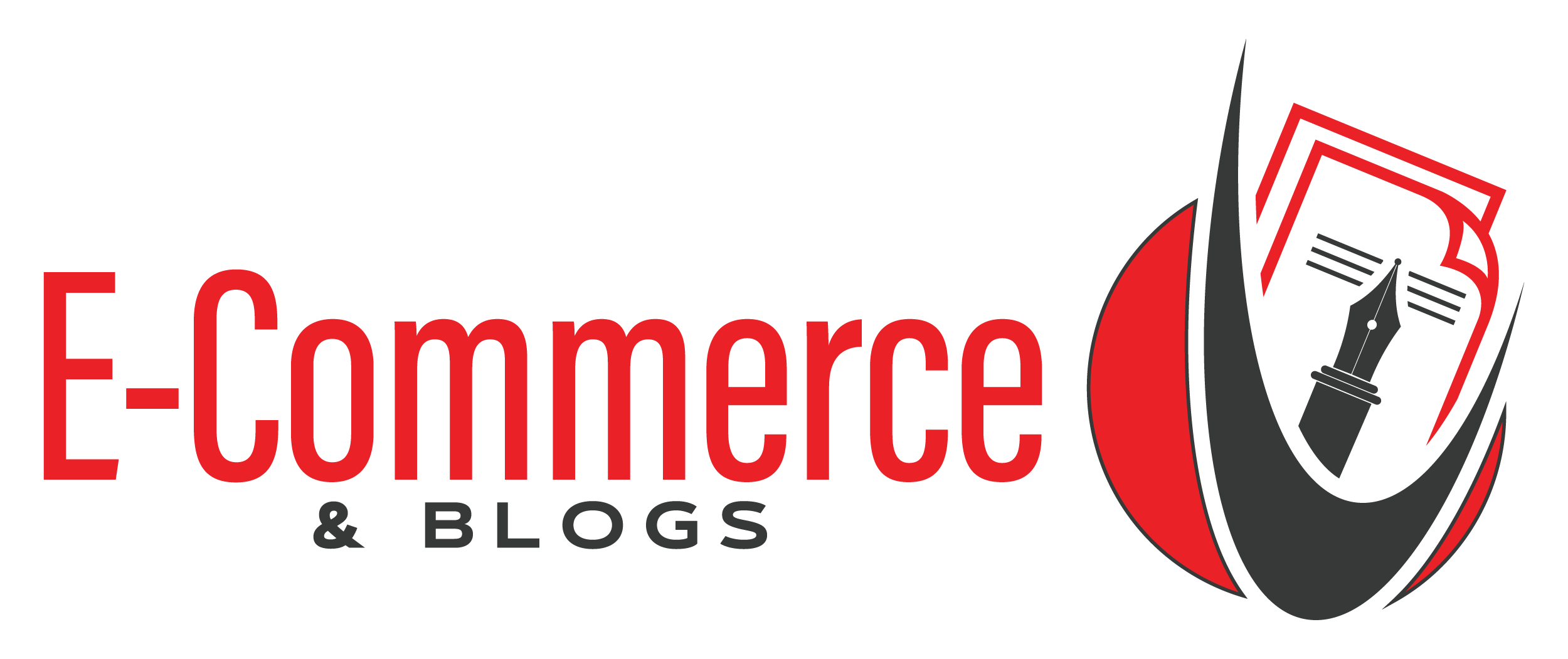In today’s fast-paced digital world, visuals shape consumer behavior. Whether you’re an e-commerce entrepreneur or a small business owner promoting products online, high-quality product photography can significantly influence purchasing decisions. A well-crafted image not only highlights your product but also communicates the value and professionalism of your brand. In this blog post, we’ll explore the importance of high-quality product photography and share practical tips to help you capture stunning images.
Why High-Quality Product Photography is Essential
1. Creates a Strong First Impression
Your product photos are often a potential customer’s first interaction with your brand. A high-quality image instantly grabs attention, sparks interest, and encourages users to explore further. On the flip side, blurry or poorly lit photos can turn customers away, no matter how great your product may be. First impressions matter, and in a competitive online market, your photos need to make an impact within seconds.
2. Builds Trust and Credibility
Clear, detailed, and professional-looking photos help establish credibility. Customers are more likely to trust a brand that presents its products polished and professionally. High-quality images show that you care about your brand and the customer experience, which, in turn, helps to build trust. On the contrary, low-quality images may raise doubts about the authenticity or quality of the product.
3. Boosts Conversion Rates
Good product photography directly influences sales. Research shows that consumers are more likely to purchase a product when they can see it from multiple angles. Well-lit, high-resolution images give customers the details they need to make informed decisions, reducing the likelihood of returns and dissatisfaction.
4. Showcases Product Details and Features
Online shoppers can’t physically touch or test your products, so they rely heavily on images to understand what they’re buying. High-quality product photography allows you to highlight your product’s important features, textures, and details. Whether it’s the stitching on a piece of clothing or the sleek design of an electronic gadget, quality photos showcase these elements in a way that descriptions alone cannot.
How to Capture Stunning Product Images
Now that you understand why product photography is so important, let’s explore some tips and techniques for capturing images that will elevate your brand.
1. Invest in Proper Lighting
Lighting is one of the most important aspects of photography. Without good lighting, even the best product can look flat and unappealing. Natural light creates soft and natural-looking images, especially when shooting near a window. However, if you’re shooting indoors or in low-light conditions, consider investing in studio lights or a lightbox to achieve consistent results. Pay attention to shadows and reflections—they can either enhance or detract from the overall image.
2. Choose a Clean and Simple Background
A cluttered or distracting background can detract from the product you’re trying to highlight. Most professional product photography uses neutral backgrounds, often white, to keep the focus on the product. This helps create a clean, professional look. If you’re selling lifestyle products, you can use context-driven backgrounds that show the product in use, but be sure the background doesn’t compete for attention.
3. Focus on Composition and Angles
Composition refers to how you arrange the elements in your frame. You want your product to be the star of the image, so frame it carefully and experiment with different angles. Taking shots from multiple angles gives potential customers a full view of the product, which is especially important for online sales. Close-ups of key features can also add value by highlighting specific aspects of your product.
4. Use a Good Camera or Smartphone
You don’t necessarily need the most expensive camera to take great product photos, but the quality of your equipment does matter. Experiment with different lenses to capture sharp, detailed images if you’re using a DSLR or mirrorless camera. Alternatively, modern smartphones have excellent cameras that can be sufficient for product photography, especially when paired with good lighting and composition.
5. Edit Your Photos for Perfection
Post-production is an essential step in product photography. Editing software, such as Adobe Photoshop or Lightroom, can help you enhance your images by adjusting brightness, contrast, and color balance. Make sure your photos look natural and represent the product accurately. Over-editing can create unrealistic expectations, leading to customer dissatisfaction, so aim to balance polish and authenticity.
Final Thoughts
In a world where customers can’t physically interact with your products before purchasing, high-quality product photography is vital to your business strategy. It builds trust, boosts conversion rates, and allows your brand to stand out. Investing time and effort into lighting, composition, and editing can capture stunning images that do justice to your products and entice potential buyers.
If you’re new to product photography, start small by improving your lighting and practicing composition. You can experiment with more advanced techniques and equipment as your skills grow. Remember, every great image begins with attention to detail, and your effort into product photography will ultimately pay off in customer engagement and sales.




